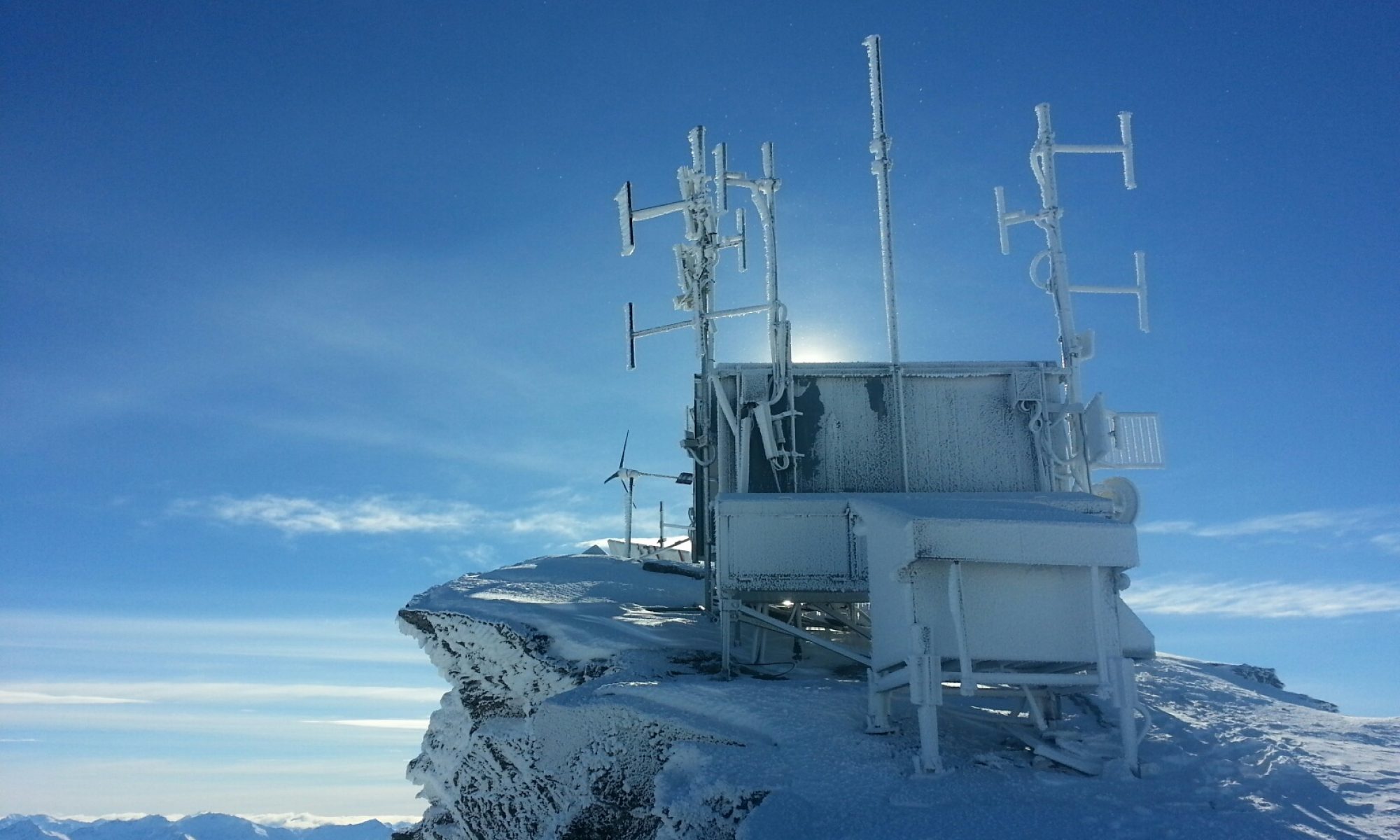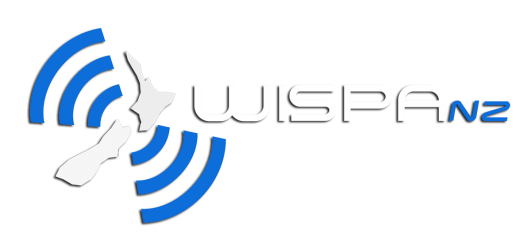Inspire.Net – A WISP profile by Ernie Newman
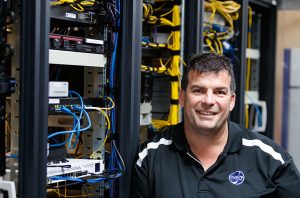
When WISPA.NZ invited Inspire Net founder James Watts to open our 2018 midyear meeting in Palmerston North almost 100% of our members, from the far north to the deepest south, came along. That shows just how much James and Inspire are legends – not just among WISPs but across the whole telecommunications industry.
Twenty years ago as a young Manawatu electrician with passion for the Internet and extraordinary foresight, James started Inspire Net to provide dial-up access to the Internet at a price people were willing to pay, rather than the $8.50 per hour or $279 for 100 hours per month that people were having to pay. Inspire launched 100 hours of dial up for $35/28days.
Computers were always second nature for James. At age 8 he soldered together some components to make his first simple computer. So after he started work as a sparkie, whenever there was a job working on process control machinery or with an IT component James was assigned.
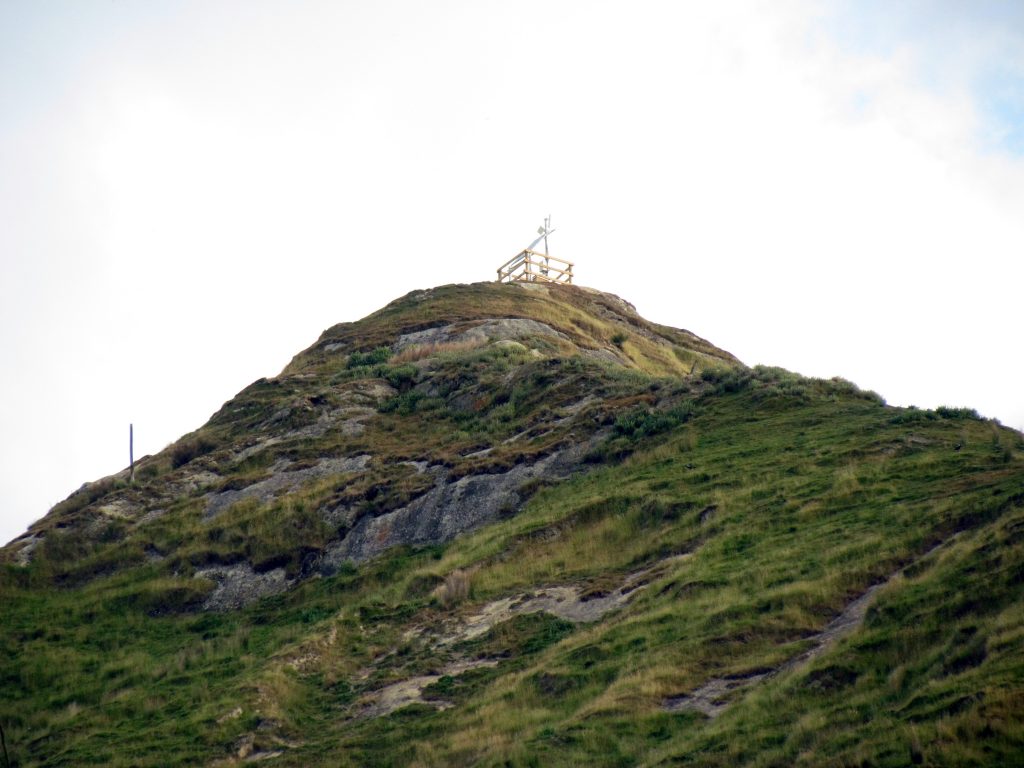
Around 2000, Inspire Net was booming. The Initial business plan forecast 2500 customers in the first 2 years, but that figure was reached in just 4 months. The trust, responsiveness and loyalty of a “local” supplier proved to be very alluring to people who were losing patience with the impersonal and lacklustre customer service provided by the big national or multinational operators.
Inspire scrambled to keep up with its growth, hiring more staff and commissioning new offices. This provided a service where customers were actually greeted by a real person instead of leaving cash in the letterbox to pay their bills, as often staff were out helping people with Inspired in home set up service.
That entrepreneurialism and vision – and arguably, incredible cheek – set the foundation for New Zealand’s biggest regional telecommunications company, delivering city-grade Internet services across a wide swathe of the lower North Island using WISP wireless, fibre, and copper services that Inspire either owns or resells.
By 2003 Inspire had many 2Mbit frame circuits and a 10Mbit circuit purchased from then dominant service provider Telecom. They asked Telecom to provide a 100Mbit service. Telecom declined – “Nobody needs 100Mbit,” they said, but eventually came back with a “stupid price”
Annoyed by the lack of insight into where wanted connectivity to be, James invested in some fibre and ducting. He drove around Palmerston North and persuaded roadwork gangs to drop fibre in the trenches before closing them up. He rewarded them with a few cans of beer, and laid his own fibre to replace what he was renting, made it go at the speed needed, then promptly cancelled many circuits he was renting as Inspire moved their customers onto their own fibre.
Given the success of faster and cheaper connectivity, James decided Inspire should carry on building fibre for themselves. They shared trenches with water mains and sewer lines, and even other Telcos and power companies, wherever they could find a hole in the ground at a price that made sense. “These days we’d be expected to pay our fair part of the trenching and access costs,” James acknowledges, “but at that time nobody worried, a lot of them thought I was a bit mad, as we laid duct many places that didn’t make sense then, but over the years it has all slowly come together into a pretty big network.”
So with a sizeable amount of fibre duct buried under the city, James quietly arranged a contractor to link it all together. “It was all perfectly legitimate – we’re a network operator with certain legal entitlements,” said James. Suddenly the Palmerston North CBD was connected by fibre on a par with Wellington’s Citylink. Local and central government offices, health centres and businesses were quick to seize the opportunities. Some had considered a move to Wellington in search of better Internet, but that trend ended.
X-ray clinics and radiologists were among the early users. Suddenly the big medical images could be transferred across town or beyond at the speed of light instead of being taken by car.
Market-wise, Inspire focused on schools, businesses, and those home users who were willing to pay a premium. Some enthusiastic users already wanted to use streaming so the system was upgraded to provide for that. The fibre network covered Palmerston North, but at the same time Inspire was Nationwide for dial up using IP net, and had a large footprint reselling ADSL / Bitstream.
In return for sharing those original trenches over the years, the city and surrounding towns have benefitted from the free use of fibres to run their local CCTV networks, and the launch of a free Wi-Fi service using all the traffic light poles around the CBD that had fibre available.
But increasingly James came to realise as Telecom started to put broadband around the inner city that rural people were missing out. Schools in town were getting ADSL but rural schools didn’t have broadband. “My brother’s kids couldn’t get broadband to do their homework, or even at their school” he recalls. “So we set up a wireless connection for them. As soon as word got around other locals wanted the same service and in no time we had 250 customers up the Pohangina Valley.”

Emboldened by success, Inspire made the call to roll out wireless on a larger scale starting with 3 or 4 Towers. Some of the farmers were sceptical. “They thought we were just smart townies out for a look in our shiny new gumboots.” So Inspire started using community champions and solar power. That was where they started making the serious breakthrough. The model worked because the community was actively involved. Meanwhile other WISPs were emerging all over New Zealand.
In the early days the customers were expected to pay for the Customer Premises Equipment. That proved problematic because customers baulked at paying every time there was a service upgrade, so the CPE was included within the monthly fee.
Today Inspire runs most of the services that it sells, but still has a significant amount of resell business on the UFB fibre and legacy copper networks. The community champions are still at the forefront of the Inspire Rural Wireless expansion.
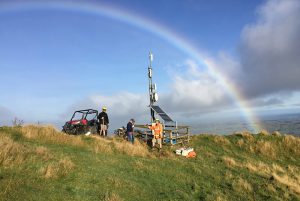
The company is building up to 10 sites a month, with the construction process now so refined that three staff can build a new site in one working day.
With growth comes cost. Inspire now has 518 towers and a headcount of 38 people. Nine are in the infrastructure team working on the fibre and wireless networks, 14 on the technical helpdesk, 10 in the network operating centre, 4 in administration, and one in sales. There are over 4500 wireless customers on the Inspire Rural Wireless network, making it New Zealand’s largest WISP. Coverage essentially includes everywhere between Waverly and National Park in the north, Porangahau and all through the Tararua in the east, and down to the Kapiti region to the south.
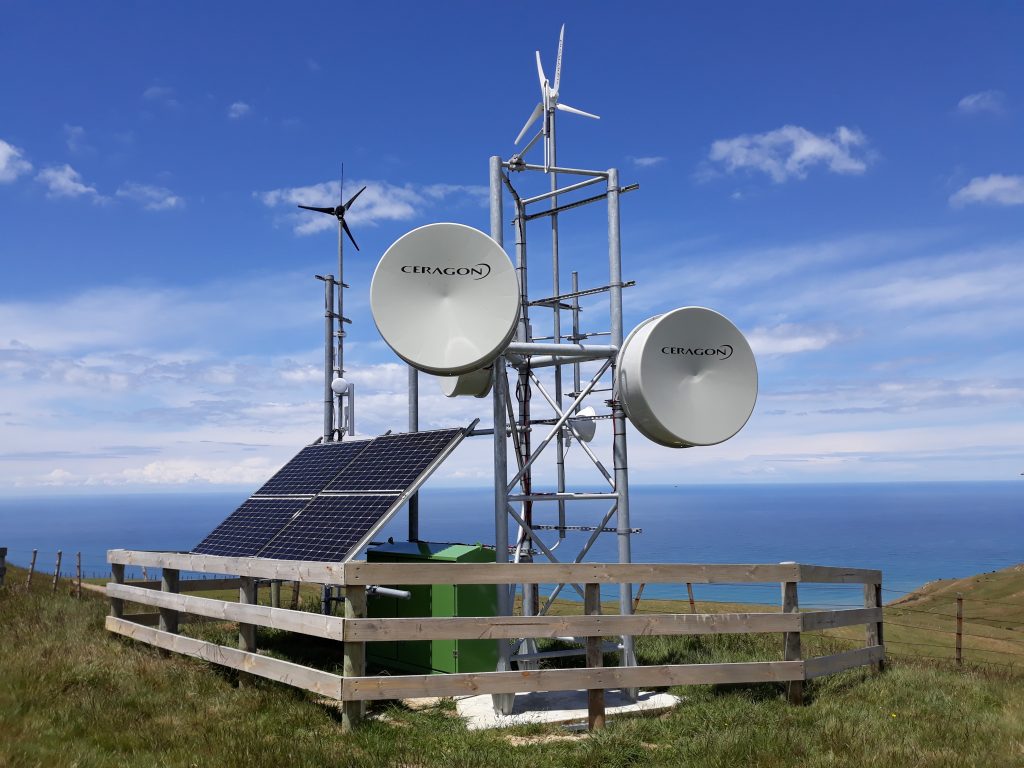
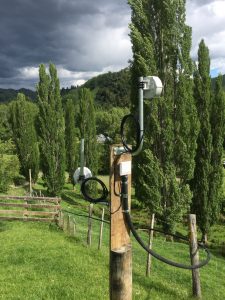
So where next? Currently Inspire is building many new sites as a result of a contract through the government’s RBI2 initiative. It’s been rolling out public free Wi-Fi service at stadiums, cafés, bars and other public places, while sponsoring numerous charities including Ronald McDonald House, the Kimbolton Sculpture Festival, the Arohanui Hospice and Life Education. The goal from here is to service and support its customers’ lifestyles and grow as their lifestyle changes.
Inspire has no aspiration to overbuild other WISPs, James has always had a belief that New Zealand is too sparse for the WISPs to win by completing with each other, but by collectively covering people that need connectivity there is a good amount of business to be had for each WISP. It has a very secure customer base. Market research has revealed that ironically most people in Palmerston North don’t know Inspire is a local business, so it is doing some local public relations to remind them.

An interesting development in 2019 will be Spark’s venture into sport and especially the Rugby World Cup. James is confident that the Inspire network will cope fine with the Cup, fortified by a continual programme of upgrades over many years. The weak link if there is one will potentially be Spark’s own network, with not only Spark having never chosen to peer with the other ISPs of New Zealand for sharing traffic, but also their choice to migrate a large customer base off the copper network onto their mobile network, “it will be interesting to see how that copes if everyone wants to have a high enough resolution on their phone or tablet to actually see the ball or read the score”
The aptly-named Inspire is on a very secure base and will surely be around for a long time into the future.
